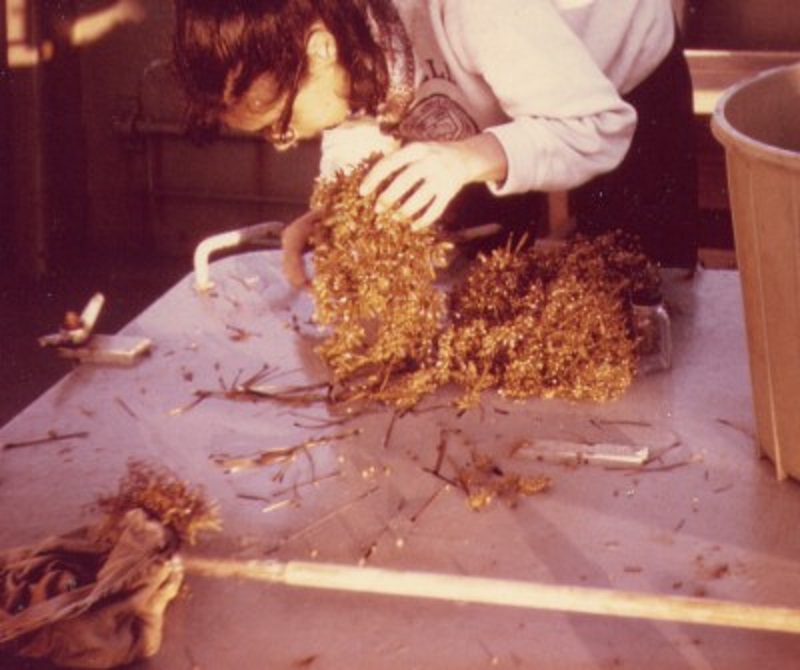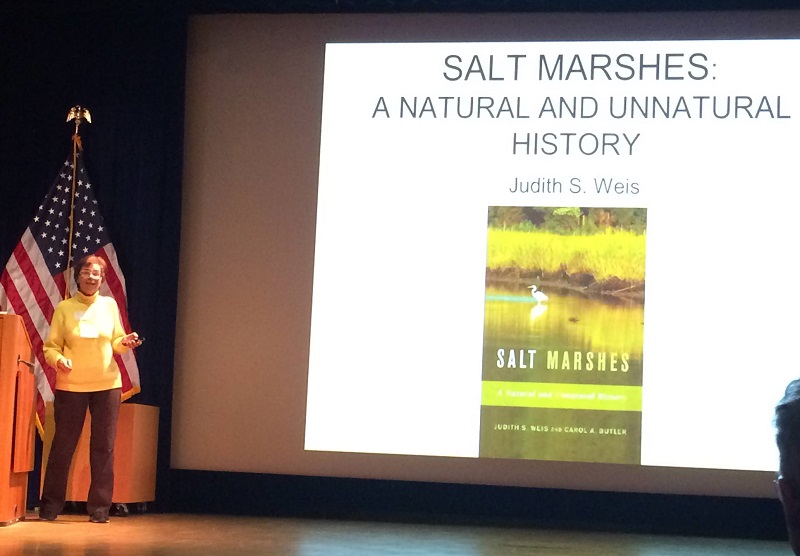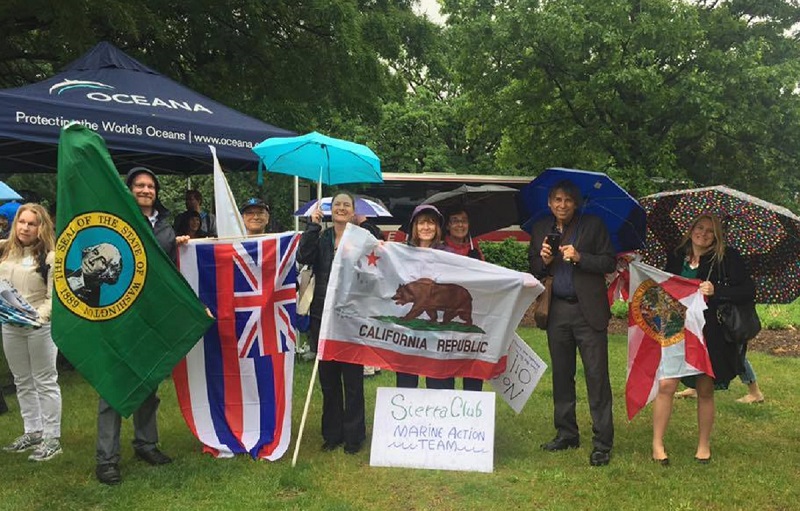Judith “Judy” Weis’ fascination with the ocean began at the age of seven, when on a summer vacation to Shelter Island, NY she made a discovery that set her imagination ablaze—a large hermit crab walking in shallow water, inhabiting a whelk shell that was adorned with such life-forms as barnacles and seaweed. “This incredible collection of living things was walking in the water; I thought it was fantastic,” Weis says.
Born and raised in New York City, Weis experienced nature in city parks, but even more so during summertime family vacations in such environments as forests, open fields, or the seashore. But the memory of that crab endured. “I remember it as a formative experience,” she says, and from it the desire to become a scientist grew.
Weis was an only child, which she believes was lucky. “Many families at that time considered boys to be the important offspring,” she says. “I was a girl who wanted to be a scientist, and was totally supported by my parents. If I’d had a brother it might have been very different.”
Weis attended the Bronx High School of Science and earned her Bachelor’s at Cornell University. Following her sophomore year in college, she lucked into a summer internship at the prestigious Woods Hole Oceanographic Institution. “I was going to volunteer at the American Museum of Natural History, but instead was steered to a woman scientist, Evelyn Shaw,” she says. “Shaw was going to Woods Hole and wanted a research assistant—and a part-time babysitter, too. So I worked on lab projects in the mornings, and in the afternoons I watched her kids.” Weis went on to earn a Master’s and PhD in biology from New York University.

Working with Sargassum seaweed as a graduate student.
Weis married her husband Pete and had two kids, a son and a daughter (they now have three granddaughters as well). “In 1967 I had a baby, got my PhD, started a new job, and moved to New Jersey,” she says. “Mainly I remember being tired!” The move to Jersey occurred when she and her husband both got jobs there, she as an Assistant Professor at Rutgers University’s Newark campus.
After four years Weis became an Associate Professor, and in addition to her science coursework led a class for non-science majors, Environmental Issues. “That course was a good experience for understanding how to communicate science to non-scientists,” Weis says. “I’ve seen some dismal performances of scientists trying to talk to community groups. You have to use plain English.” Weis has since applied this approach to authoring books and giving presentations to the general public.

Weis presenting a talk on salt marsh ecology.
Her research at Rutgers focused on shallow coastal estuary environments and the threats they face—for example, how contamination from pollution affects the behavior and ecology of small organisms living there. “I found for both fish and crabs that activity levels and ability to capture food decreased, so instead of having a stomach full of live food they were eating detritus and sediment,” she says. “Sediment isn’t nutritious for fish, so they didn’t grow as well or live as long.” She also studied invasive species and their interactions with native species, as well as salt marsh ecology—including how different species handle metal pollution—and its role as habitat.
Collecting fiddler crabs in the field.
A dedicated feminist, Weis has served on the board of the Association for Women in Science, and while at Rutgers was the Newark campus coordinator of the National Science Foundation’s ADVANCE grant for women in science.
Her advocacy has also been aimed at legislative policy-makers since the 1980s. She took a sabbatical from Rutgers to work in Washington, DC, via a Science Policy Fellowship from the American Association for the Advancement of Science that allowed scientists to become active in government. “I worked for the Environment and Public Works Committee of the US Senate for a year, learning about legislation, lobbyists, and how votes are influenced. The general public doesn’t appreciate the role of the support staff—they do so much of the work.”
With her career and family based in New Jersey, Weis became active on advisory committees for government agencies such as the EPA , NOAA, and the New Jersey Department of Environmental Protection, where she still chairs the scientific advisory board.
Wanting to get involved with an advocacy organization, Weis did some work with a major staff-driven nonprofit but wasn’t comfortable with the structure. “I wanted to see my expertise utilized rather than my donation money,” she says.
When the Sierra Club’s Grassroots Network was formed in 2008, Weis was invited to join what was then called the Marine Action Team (now simply the Marine Team), a successor to another group that focused on marine issues. “I like that the Club is volunteer-driven and there are ways to get involved locally with a national organization,” she says.
Weis is part of the core Marine Team, which has ten members from across the US who participate regularly in Capitol Hill Ocean Week. They also lobby Congress in support of bills coming up for consideration and write position papers on various topics. “When Trump came in and went into high gear, offshore drilling became one of our top issues—though our core members undertake a number of different projects that support the larger mission,” says Weis.

A little rain doesn't keep the Grassroot Network's Marine Team from its ocean activism. Weis is third from right.
Now “technically” retired, she and Pete live on New York City’s Upper West Side. She’s active in the New York City Group of the Atlantic Chapter, and has been published in the chapter newsletter on subjects such as microplastics and climate change.
Weis has been singing with the Choral Society at Grace Church for 14 years, and she performs in the choruses of Amore Opera and Village Light Opera Group. “I’m a big fan of Gilbert and Sullivan,” she says.
During summer vacations on Long Island’s East End, Weis swims a mile a day in Accabonac Harbor. “Not a swimming pool!” she declares emphatically. She’s been immersed in nearshore environments for a long time now, and has no intention of stepping out any time soon.
************
In addition to publishing over 200 scientific papers, Dr. Weis has authored these books:
Salt Marshes: A Natural and Unnatural History